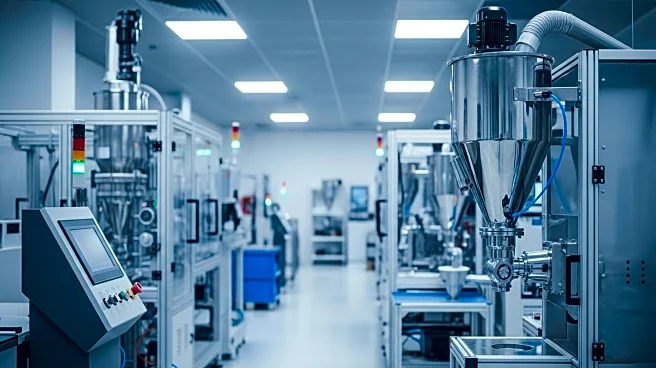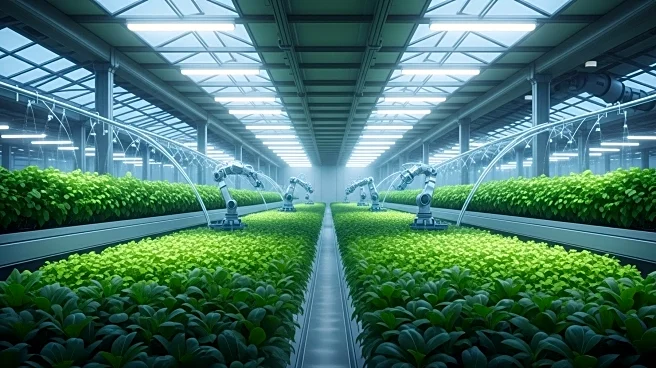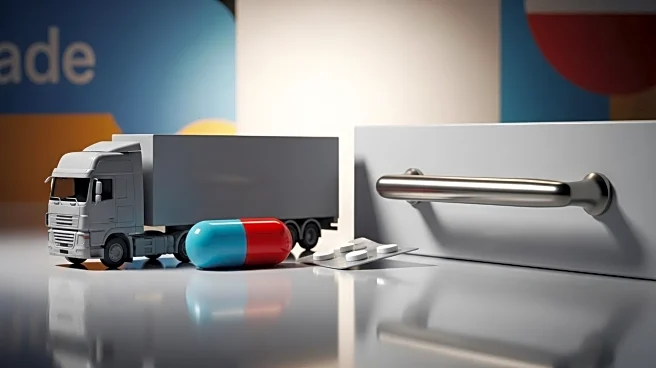What's Happening?
The global market for self-repairing polymers is expected to grow significantly, reaching a compound annual growth rate (CAGR) of 26.2% by 2031. These polymers, which can autonomously restore structural integrity after damage, are gaining traction across various industries due to their ability to extend service life, reduce maintenance costs, and improve safety. The market is driven by advancements in material science, including intrinsic self-healing mechanisms and hybrid materials. Key applications include automotive, electronics, construction, and healthcare devices.
Why It's Important?
The growth of the self-repairing polymers market reflects increasing demand for innovative materials that offer lifecycle cost savings and enhanced durability. As industries seek sustainable solutions, these polymers provide a smaller environmental footprint compared to traditional repair methods. The automotive and electronics sectors are particularly poised to benefit from these materials, which can improve product longevity and reduce waste. The market's expansion also highlights the potential for technological advancements to drive economic growth and create new opportunities for manufacturers.
Beyond the Headlines
Despite the promising outlook, challenges remain in scaling production and reducing costs to make self-repairing polymers competitive with conventional materials. Regulatory hurdles related to safety and recyclability must be addressed to facilitate broader adoption. Companies that successfully navigate these challenges and establish partnerships with OEMs will be well-positioned to capitalize on the growing demand for self-healing materials.










